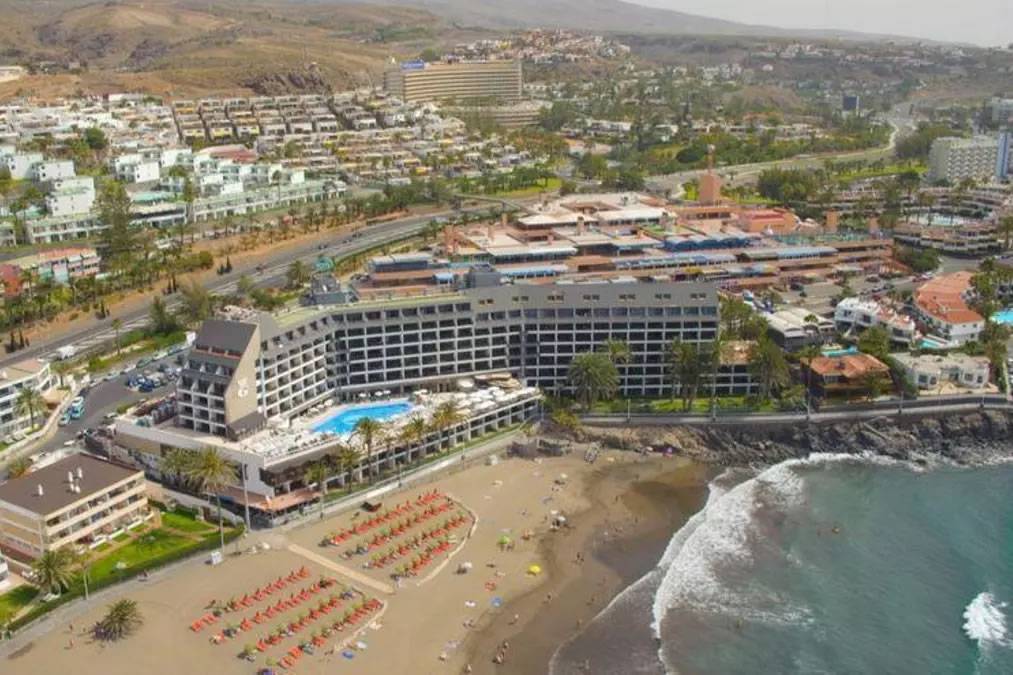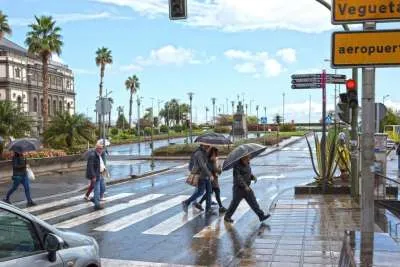Hotel prices dip in the Canary Islands for first time in 2025
- 24-06-2025
- Business
- Canarian Weekly
- Photo Credit: CA
For the first time this year, hotel prices in the Canary Islands have seen a slight drop, according to the latest data from the National Institute of Statistics (INE). Figures for May 2025 show that the average price paid per occupied hotel room (ADR) fell by 2% compared to the same month last year, down to €116.13 per night.
The average revenue per available room (RevPAR), another key indicator for the hotel sector, also slipped by 3% year-on-year to €85.96. These declines mark a shift from the strong growth seen in May 2024, when both ADR and RevPAR had increased by double digits.
The slight dip is being attributed to several seasonal factors. Hotel occupancy in May stood at 60.9%, down from 61.7% the previous year. May often sees a natural slowdown as the islands move into the quieter shoulder period before the summer high season, particularly as this year’s Easter holiday fell earlier in April, slightly altering travel patterns.
Tourism Outlook Remains Strong for Summer
Despite this brief pause in price growth, the overall outlook for tourism in the Canary Islands remains very positive. The sector has been performing strongly since mid-2022, and forecasts for the summer season, which officially began on 21st June, are encouraging.
According to Turismo de Islas Canarias, the number of seats on scheduled flights to the archipelago is up 8.4% compared to last summer. This growth is spread across most islands, with Fuerteventura seeing the largest increase in air capacity (up 17%), followed by Gran Canaria (9.5%), Tenerife (6.5%), and Lanzarote (6.3%). Only La Palma has seen a slight reduction in available seats, down 4.6%.
Hotel Price Growth Slows but Remains Positive
The INE’s Hotel Price Index (HPI), which tracks how hotel prices evolve over time, shows a modest year-on-year increase of 2.6% for the Canary Islands in May, noticeably below the national average increase of 5.73%. Since 2008, hotel prices in the Canaries have risen by 96.29%, slightly ahead of the national average, but still in line with broader trends across Spain’s major tourist regions.
Main Destinations for Domestic and International Visitors
In May, the most popular destinations for Spanish residents were Andalusia, Catalonia, and the Valencian Community. Among international tourists, the Balearic Islands led the way, followed by the Canary Islands and Catalonia.
Mallorca recorded the highest number of overnight stays with over 6.2 million. Meanwhile, top tourist hotspots in terms of occupancy included Madrid, Barcelona, and Calvià (Majorca).
Canaries Maintain High Occupancy Levels
Across Spain, hotels filled 53.9% of available rooms in May, a slight year-on-year increase. Weekend occupancy was even stronger, reaching 61.9%. The Canary Islands once again recorded the highest average occupancy rate at 60.9%, although this was marginally lower than May 2024.
Among individual tourist areas, Palma-Calvià topped the charts for both overall occupancy (75.1%) and weekend stays (79.7%), while Sóller stood out with rates exceeding 85%.
Other articles that may interest you...
Trending
Most Read Articles
4.
Featured Videos
A Vision of Elvis Tenerife Promo
- 10-05-2025
TEAs 2025 Highlights
- 17-11-2025


























































